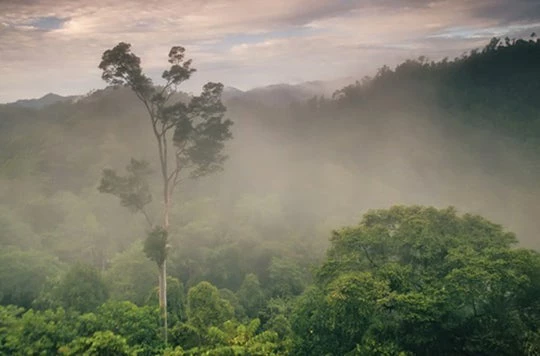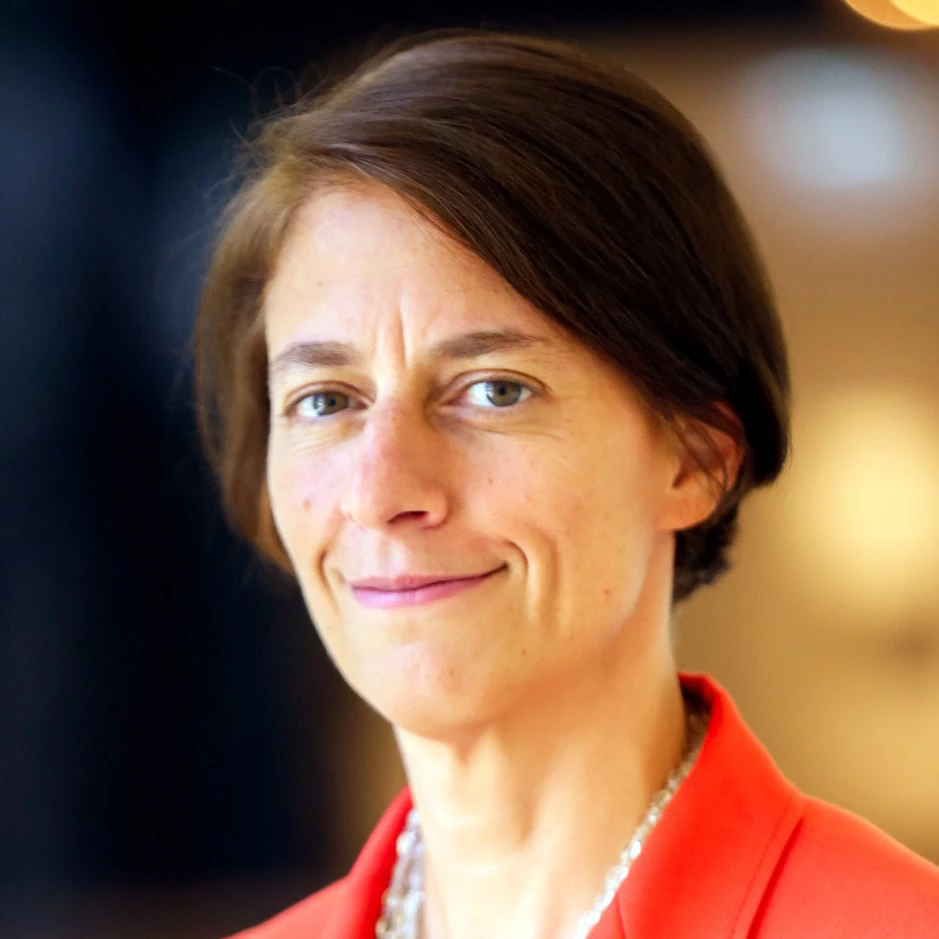
This week in London, the Prince of Wales brought together representatives from government, the private sector, and civil society around the goal of protecting and restoring tropical forests. The gathering took stock of forest commitments made at the UN Secretary-General's Climate Summit last September and identified priority actions for 2015 – a critical year for advancing progress on the inseparable issues of development, poverty, and climate change.
With all eyes on a new climate agreement in Paris later this year, healthy forests and landscapes are seen as critical to cutting greenhouse gas emissions to net zero before 2100. The key underlying question is how to best achieve a true transformation in how we manage our forest landscapes, which are still degrading at a rapid rate.
At the World Bank Group, we are piloting innovative approaches to achieve just that. Through our forest climate funds, including the BioCarbon Fund Initiative for Sustainable Forest Landscapes and the Forest Carbon Partnership Facility, we are working with 15 forest countries to develop large-scale programs that address market and policy failures and transform the way land-use decisions are made.
At the London event, The Nature Conservancy and the World Bank released a new report, Early Lessons from Jurisdictional REDD+ and Low Emissions Programs. The report analyses eight of the most advanced REDD+ programs – six of which are supported by the Bank – and provides insights into the dynamics on the ground. It tells us that:
- Working at the landscape level is critical for low-carbon development that doesn’t come at the expense of forests. Working at the landscape level also helps overcome the short-comings of project-based approaches and enables work with multiple stakeholders, from global agri-business to local farmers, and across different land-use types and conservation areas.
- However, working at this scale, which often constitutes between 10-25% of a country’s total area, also comes with challenges. Not all political leaders have bought into the concept of low-carbon development or see the immediate value of healthy forests and landscapes. Instead decisions about how land is used are driven by near-term economic considerations, such as industrial growth, jobs, income, and tax revenues. There are also other complex interests that motivate political decisions and that are difficult to understand from afar.
- To depart from business-as-usual development pathways, we need to offer transformational development models that appeal to ministers of finance and other economic actors. We need development propositions that serve countries’ needs for economic growth, for nutrition and for food security while preserving and restoring healthy landscapes.
In the work of the World Bank’s forest climate funds, we are taking these challenges head-on.
We are now packaging our forest financing so we can provide a seamless line of support for countries getting ready for and implementing their forest programs as part of an integrated approach to low-carbon landscapes.
We are also working with a number of multi-national companies on building public-private partnerships around deforestation commodity supply chains. For example, in Zambia, an emerging partnership with Cargill is fostering a zero-deforestation cotton supply chain and diversifying income for rural farmers. Other partnerships are being developed in Ghana around deforestation-free cocoa and in Ethiopia around deforestation-free coffee production.
We are now packaging our forest financing so we can provide a seamless line of support for countries getting ready for and implementing their forest programs as part of an integrated approach to low-carbon landscapes.
We are also working with a number of multi-national companies on building public-private partnerships around deforestation commodity supply chains. For example, in Zambia, an emerging partnership with Cargill is fostering a zero-deforestation cotton supply chain and diversifying income for rural farmers. Other partnerships are being developed in Ghana around deforestation-free cocoa and in Ethiopia around deforestation-free coffee production.
These public-private partnerships offer opportunities to scale up investments as well as technical assistance to farmers in far greater sums than public investments alone can achieve.
Of course, we need governments fully on board, too. Much work remains to be done on policy environments, on existing governance frameworks, on land tenure arrangements, on law enforcement, and on improving investment climates. We are working with finance ministers and economic decision makers to increase low-carbon, forest-friendly development.
The UK government’s announcement in London of an additional £40 million contribution to the World Bank’s BioCarbon Fund is a vote of confidence that we are on the right track and boosts the combined capital of our forest and climate funds to over $1.3 billion.
There is no silver bullet to reduce deforestation and combat climate change; it will take a concerted effort on behalf of many actors to achieve this. We welcome those partnerships.
Photo: Nick Hall


Join the Conversation